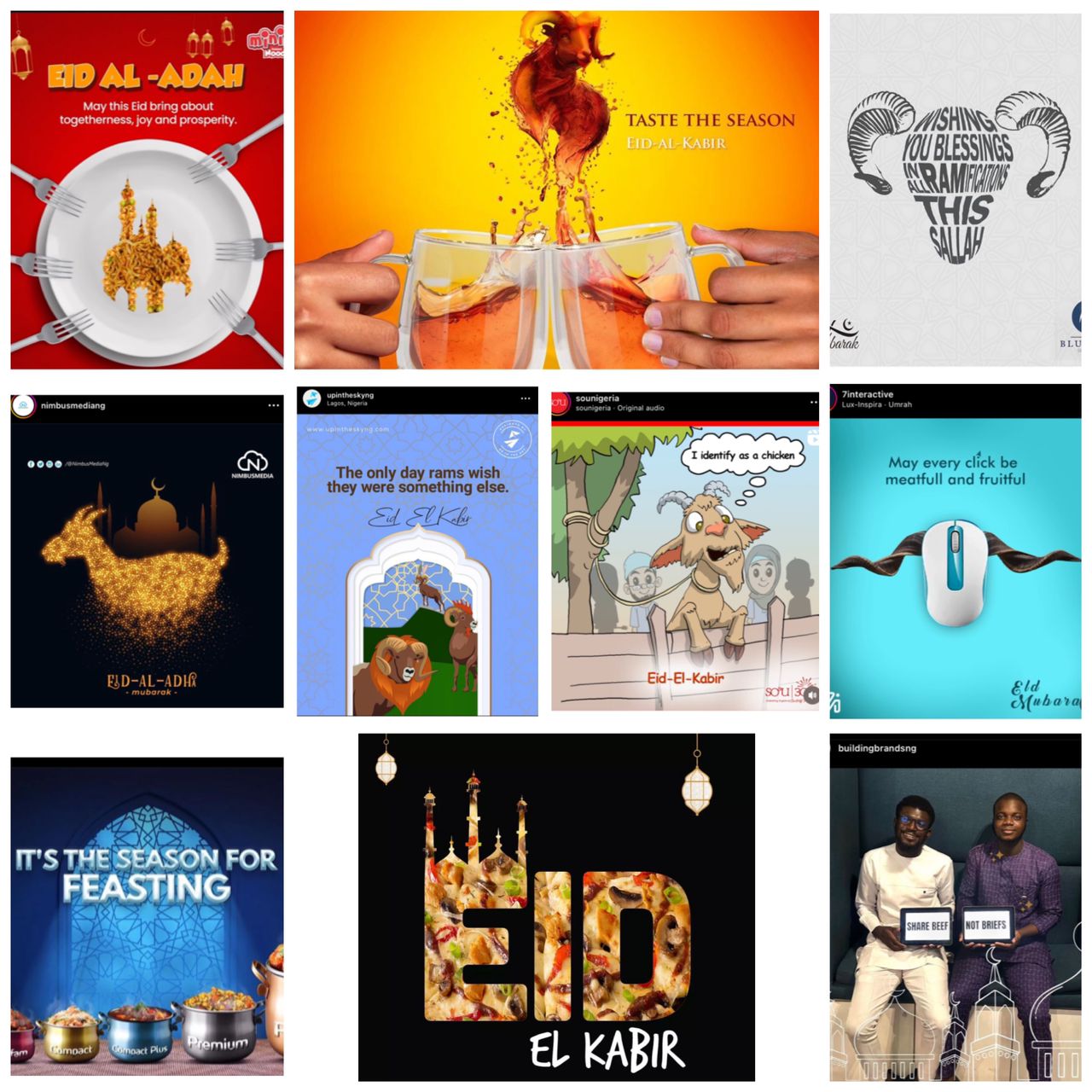“The way we get dressed now has virtually nothing in common with the behaviour of previous generations, for whom one garment could be worn for decades” – The Guardian (UK). The rapid changes in fashion trends and demand have made fashion waste to double over the past 20 years. With the availability of low cost and low quality garments, there has been a steady rise in the buying and improper disposal of clothing, leading to major environmental issues such as global warming, surface water pollution, soil pollution and more.
According to reports, Lagos, Africa’s most populous city and Nigeria’s commercial hub, has a population of over 20 million people. The mega city generates about 11, 000 tonnes of waste daily, amounting to a per capita waste generation of 2kg per day. These figures are expected to increase significantly due to the growing population of the state. Reports said about 1,320 tonnes, which is equivalent to 12 per cent of the total daily waste generated in the state, are made up of textile materials. This calls for serious concern because textiles take approximately 200 years to break down and decompose.
Forward-looking and progressive organisations now adopt sustainable business model that allows corporate bodies to be more responsible for the environment. The just concluded 2017 edition of Lagos Fashion and Design Week (LFDW), co-sponsored by Visionscape, a globally renowned environmental utility group, and other brands, provided an avenue for local and international players in the fashion industry to lead conversations on initiatives that support, strengthen and develop the fashion industry and also proffer solutions to the growing challenges of textile waste. Paramount among the conversations was the need to create a sustainable eco-fashion system where garment waste could be reduced, reused and recycled – the 3R’s of fashion waste management.
This is a part of the growing design philosophy and trend of sustainability with a vision to creating an enduring system that will make people to be more socially responsible in managing fashion waste, thereby reducing harmful human impact of such waste on the environment. This was what spurred Visionscape to collaborate with designers such as Lisa Folawiyo, Eki Orleans and Studio 189 to seek innovative solutions to minimise garment waste through a robust eco-fashion system.
In its bid to set an example, Visionscape, is targeting to recycle and reuse 90 per cent of both the material the company manufactures and the waste it collects through its waste management operations by the year 2025.
Mark Van Iterson, Heineken’s Global Head of Design who spoke on Day Two of the LFDW 2017 during the Fashion Business Series themed “Technology and The Fashion Industry”, discussed exhaustively on the need for businesses to adopt models that minimise waste creation. Mr Iterson believed that to keep up with the fast pace of technology, growth and development in the fashion industry, recycling is the future of design in order to reduce waste. Along the same line of reasoning, Visionscape posited that it supported the LFDW 2017 because the event resonated with its core essence, which is sustainability.
The main issues posing severe challenges toward achieving sustainable eco-fashion system include unsustainable consumption and low level of awareness on the importance of cloth recycling. Over the last three decades, clothing has become increasingly affordable for everyone. Retailers and brands have capitalised on the affordability by producing more to satisfy growing demand. Retailers now maximise profit through volume. The success of retailers and brands encourages an unsustainable increase in volumes of clothing and apparel.
The vanishing culture of reusing fabrics by simply handing them down to family members or friends or by reselling them as second-hand clothes has also compounded the situation. Even traditional markets for used clothes in some parts of Asia and Africa are rejecting forward fashion-wear as too shoddy. Increasing amounts of clothes that otherwise could have been recycled now end up in landfills.
To remedy the situation, key players in the fashion industry have realised that they have a job to do to raise awareness on the impact of clothing disposal and also draw attention to the numerous advantages of recycling clothes. Re-usage should be encouraged and customers could also take used clothing back to where they bought it to be disposed of in the most appropriate way.
Already, several clothing retailers have introduced take-back programmes that allow them to collect used garments from customers and then recycle, resell or remake them into other clothing. For example, in 2013, H&M launched a programme that allows customers to bring unwanted garments, which the company then transforms to recycled textile fibres for new products as part of the company’s efforts to achieve a “zero garments going to landfill” goal. Patagonia also recycles and sells used Patagonia products in its stores. Madrid’s Ecoalf has launched a line of clothes and accessories made from plastic bottles, old shing nets and used tires.
In the long term, government and the fashion industry should develop an Extended Producer Responsibility (EPR) policy. EPR is a policy approach under which producers are given a significant responsibility – financial or physical or both for the treatment or disposal of post-consumer products. The idea is that assigning responsibility in principle provides incentives to prevent waste at the source, thereby promoting product design for the environment and supporting the achievement of public recycling and material management goals.







Comment
No comments found.